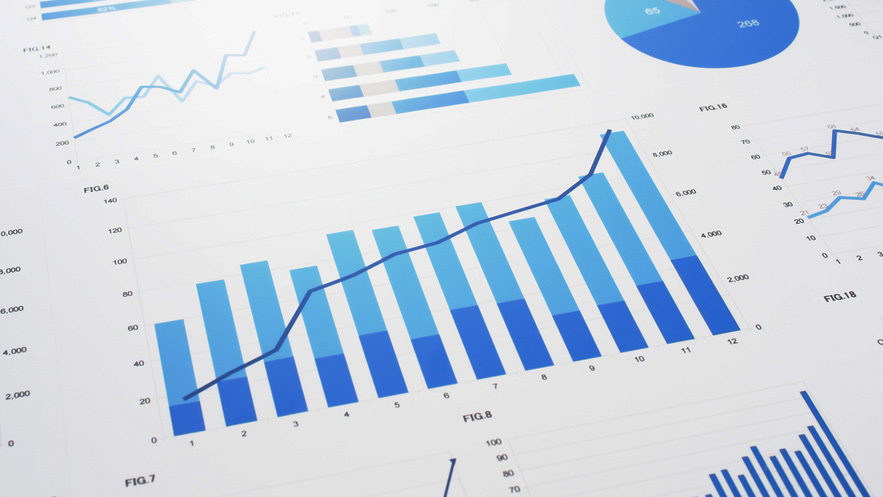Auto defaults close 2017 on stable track

By subscribing, you agree to receive communications from Auto Remarketing and our partners in accordance with our Privacy Policy. We may share your information with select partners and sponsors who may contact you about their products and services. You may unsubscribe at any time.
NEW YORK –
For the fourth time in the past seven years, the auto portion of the S&P/Experian Consumer Credit Default Indices closed the calendar with the default rate holding steady or ticking a bit lower on a sequential basis.
S&P Dow Jones Indices and Experian reported on Tuesday that December’s auto loan default rate fell 1 basis point compared to November to settle at 1.10 percent.
With a similar year-closing pattern in place, analysts noted that the latest auto default rate is within 5 basis points of the highest reading since March 2012. That stretch also included the lowest default rate S&P Dow Jones and Experian have recorded going back a decade as the June 2017 reading of 0.82 percent bested the previous low by 3 basis points.
Meanwhile, analysts indicated the composite rate — a comprehensive measure of changes in consumer credit defaults — edged 2 basis points higher on a sequential basis in December to come in at 0.91 percent.
The two other major credit segments S&P Dow Jones and Experian watch for the composite reading moved higher in December. The bank card default rate rose 16 basis points to 3.44 percent. The first mortgage default rate increased 2 basis points to 0.68 percent.
Like in auto, analysts noticed that first mortgage default rates have been stable, remaining within a 20 basis point range for nearly two years. However, bank card default rates, in contrast, recorded their largest monthly increase since May 2017.
Subscribe to Auto Remarketing to stay informed and stay ahead.
By subscribing, you agree to receive communications from Auto Remarketing and our partners in accordance with our Privacy Policy. We may share your information with select partners and sponsors who may contact you about their products and services. You may unsubscribe at any time.
Turning next to a look by location, S&P Dow Jones and Experian found that all five major cities saw their composite default rates rise in December.
Chicago posted the largest increase, rising 6 basis points to 1.15 percent. Dallas recorded an increase of 3 basis points to 0.85 percent, while New York was 2 basis points higher in December at 0.95 percent.
The default rates for Los Angeles and Miami both rose 1 basis point from November to 0.77 percent and 0.98 percent, respectively.
David Blitzer, managing director and chairman of the index committee at S&P Dow Jones Indices, offered his regular assessment of the latest data, mentioning first that the default rate on bank cards has been rising consistently since December 2015.
“Continued low unemployment and low inflation, rising home prices and stock market gains combined with gains in consumer confidence to support strong gains in retail sales in the last four months of 2017,” Blitzer said. “However, the same expansion in consumer spending is now appearing in the bank card default data.
“The data are also showing some changes among the five cities tracked in this release,” he continued. “Chicago has now experienced the highest consumer credit default rate for three months running. For a long time, Miami’s default rate was the highest across the five cities. The first mortgage default data dominate the city-level default indices.
“During the financial crisis, Miami experienced large declines in home prices which led to an increase in the mortgage defaults. As Miami home prices have recovered, its overall consumer credit default rate is no longer an outlier,” Blitzer went on to say.
Jointly developed by S&P Indices and Experian, analysts noted the S&P/Experian Consumer Credit Default Indices are published monthly with the intent to accurately track the default experience of consumer balances in four key loan categories: auto, bankcard, first mortgage lien and second mortgage lien.
The indices are calculated based on data extracted from Experian’s consumer credit database. This database is populated with individual consumer loan and payment data submitted by lenders to Experian every month.
Experian’s base of data contributors includes leading banks and mortgage companies and covers approximately $11 trillion in outstanding loans sourced from 11,500 lenders.


